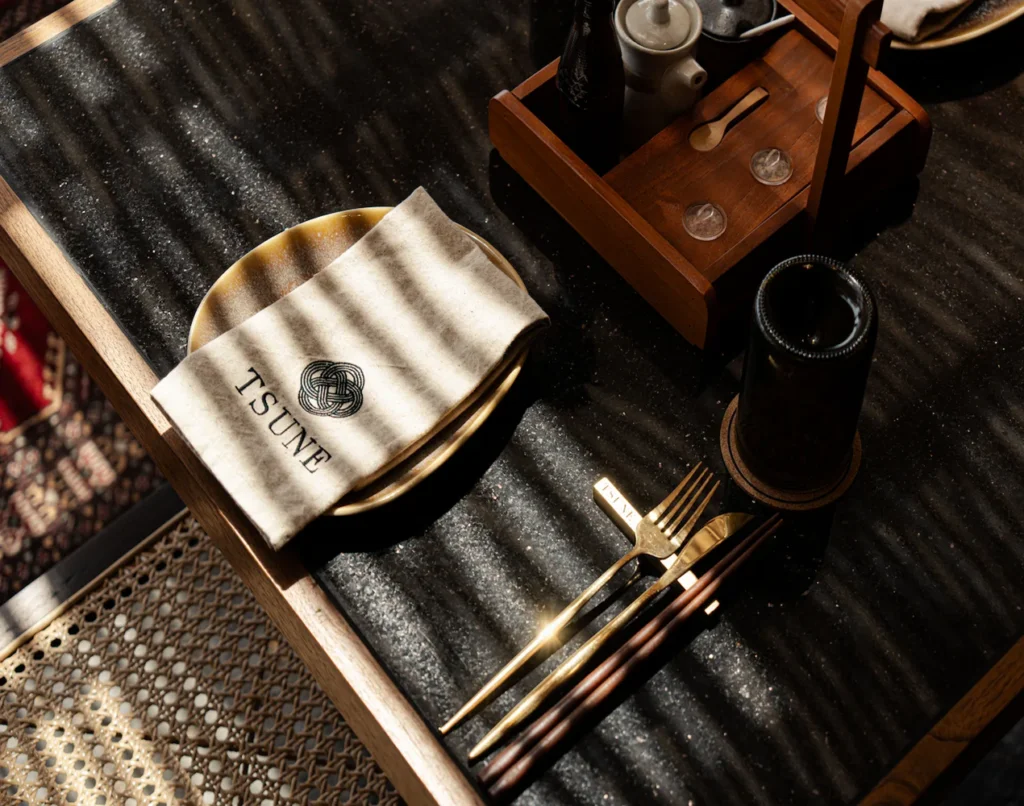In an era of growing consumer expectations, stricter regulatory oversight, and complex global supply chains, food safety is no longer negotiable—it's fundamental. Whether packaging fresh produce, ready-to-eat meals, or vacuum-sealed meats, one weak point can compromise the entire product. Among the most critical but often underestimated elements in the food safety system is leak testing.
Even the most advanced packaging technologies fall short if they fail to ensure seal integrity. Microscopic leaks can introduce oxygen, moisture, or contaminants into a sealed package, putting product freshness, shelf life, and consumer health at risk. That’s why modern food safety protocols increasingly depend on reliable, repeatable leak detection methods to validate and maintain packaging performance.
When a seal fails, the consequences go far beyond minor visual imperfections. Airborne bacteria, mold spores, and oxidation can all enter through even the smallest breach, contaminating what appears to be a “perfectly” closed package.
For fresh or minimally processed food products, this risk is magnified. A failure in the seal may not always be visible, but its effects are serious—leading to rapid spoilage, off-odors, texture degradation, and in some cases, illness-causing pathogens.
Even dry goods or shelf-stable items are vulnerable. Moisture intrusion can lead to clumping, chemical changes, and loss of functional or nutritional quality. From both a health and commercial perspective, such failures are expensive and damaging.
Food manufacturers today are under increasing pressure to comply with strict safety and quality regulations. Whether operating under HACCP, FSMA, or GFSI schemes like BRC and IFS, producers are required to validate the performance of critical control points—including packaging integrity.
Seal failure, though small in physical size, can represent a major compliance gap. Regulatory inspections increasingly focus not just on the quality of ingredients but also on the reliability of packaging systems. Without proper leak testing, manufacturers may lack the data needed to prove control over contamination risks.
Implementing a robust leak detection process is therefore not just a quality measure—it’s a legal and reputational safeguard.
Traditional leak testing methods such as bubble testing or dye penetration have limitations. They are often destructive, inconsistent, or difficult to validate. Furthermore, they may miss small leaks that become significant over time.
Modern solutions, such as vacuum decay, pressure differential, and high-sensitivity sensor technologies, enable non-destructive, repeatable testing across high-volume production lines. These methods offer the dual benefit of protecting products and reducing waste—an essential consideration in both economic and sustainability terms.
At the heart of these systems is precision: the ability to detect even microscopic breaches that compromise food packaging seal integrity. Manufacturers need this level of insight to stay ahead of both compliance requirements and consumer expectations.
Leak detection is not just about preventing the worst-case scenario. When implemented effectively, it provides measurable improvements in operational efficiency, product quality, and brand trust.
Here’s what reliable seal testing can deliver:
Fewer customer complaints or returns due to spoilage
Lower risk of product recalls, which can cost millions and damage brand reputation
Greater confidence among distributors and retailers
Higher shelf stability and consistent product presentation
Additionally, automated testing solutions allow for faster cycle times and immediate feedback, enabling quality teams to intervene in real-time if issues arise.
Every food product has unique packaging needs. From flexible pouches and thermoformed trays to rigid containers and MAP (Modified Atmosphere Packaging), the challenges differ—but the goal remains the same: a secure, tamper-proof seal.
For food manufacturers seeking a tailored approach, Seal Check offers industry-leading technology for validating packaging integrity. Their solutions support non-destructive testing across a wide range of food formats and production scales, meeting both technical and compliance standards with ease.
Whether you require inline testing for high-throughput operations or precision validation for sensitive SKUs, Seal Check provides the tools and expertise to secure every seal.
Leak testing should not be viewed as an isolated procedure but as a core component of a comprehensive food safety protocol. It integrates seamlessly with other quality control processes, such as visual inspection, X-ray, and weight checks. Most importantly, it adds a crucial layer of protection that helps catch invisible failures before they leave the facility.
By combining leak detection with smart data systems, manufacturers gain traceability, auditability, and trend monitoring—allowing them to continuously improve performance and reduce risks over time.
In modern food manufacturing, the margin for error is shrinking. Consumers demand fresher products, regulators expect higher standards, and brands cannot afford to take chances with quality.
By investing in reliable, non-destructive leak testing, producers protect not only their products but also their reputation, compliance status, and bottom line. Ensuring food packaging seal integrity is more than a technical task—it’s a cornerstone of responsible, forward-thinking manufacturing.
For companies serious about food safety, Seal Check offers proven solutions that make leak detection smarter, faster, and more reliable than ever.




Want to add a comment?